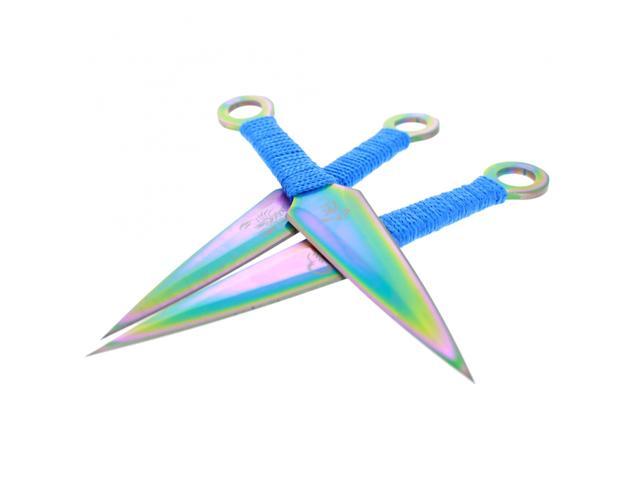Knife Blade Materials
We produce ASTM/ASME Grade 304, Grade 304L,304h, 316, 316L, 316H, 316TI, 321, 321H, 309S, 309H, 310S, 310H, 410S, 2205, 904L, 2507, 254, gh3030, 625, 253MA, S30815, 317L, Type 317, 316lN, 8020, 800, 800H, C276, S32304 and others special requirement stainless steel grade.

Content
Third-technology powder metallurgy technology steel. Developed for knife blades requiring good corrosion resistance and really excessive hardness for wonderful wear resistance.
Austenitic grades corresponding to 316 may sometimes be used for knife making, however, austenitic grades are generally not in a position to be hardened sufficient to make sure a long-lasting edge. Low carbon variations of austenitic chrome steel, similar to 304L, must be avoided when making knives until corrosion resistance is the primary concern and blade life is secondary. 440 series has three sorts, 440A, 440B and 440C. 440A is a comparatively a low price, highly corrosion resistant chrome steel.
The added good thing about utilizing stainless-steel is addition of chromium and different alloying parts that improve corrosion resistance. Stainless metal knives are usually made out of ferritic or martensitic stainless steels. In order to make knives which have respectable edge retention, the martensitic and ferritic grades of stainless steel have to have a excessive sufficient carbon levels to be able to reach high hardness. Grades similar to 420 and 440 are frequently used for knife making. As mentioned within the earlier replies, 440A stainless-steel is martinsitic and could be warmth treated to make it tougher.
Difference In Durability And Rate Of Oxidation Of A 440a Grade Carbon Stainless Blade And A 300 Grade
- Other alloying elements contribute to grain refinement which improve blade strength and edge toughness and in addition enable for a finer, sharper edge.
- The steadiness of carbon and chromium content material give it a high degree of corrosion resistance and also impressive bodily characteristics of energy and edge holding.
- Edge retention in precise chopping checks exceeded blades made of the 420 and 440 collection of stainless steels.
Trade Item�� EXW,FOB,CNF,CIF,CFR
Stock Thickness: 0.1-200.0mm
Production thickness: 0.5.0-200mm
Width: 600-3900mm
Length: 1000-12000mm
Grade:
200 series: 201,202
300 series: 301,304,304L,304H,309,309S,310S,316L,316Ti,321,321H,330
400 series: 409,409l,410,420J1,420J2,430,436,439,440A/B/C
Duplex: 329,2205,2507,904L,2304
Surface: No.1,1D,2D,2B,NO.4/4K/hairline,satin,6k,BA,mirror/8K
It is very proof against corrosion and is likely one of the most typical stainless alloys used for knife making. The once ubiquitous American Buck Model one hundred ten Folding Hunter was manufactured from 440C earlier than 1981. Knife blades specified as being “440” can sometimes be assumed to be the decrease hardness 440A grade. Type 440 Stainless Steel, as known as “razor blade metal,” is a hardenable excessive-carbon chromium metal. When put beneath warmth remedy it attains the highest hardness levels of any grade of stainless steel.
Other gases, similar to sulfur dioxide, hydrogen sulfide, carbon monoxide, chlorine, additionally attack stainless steel. Resistance to other gases relies on the type of gasoline, the temperature, and the alloying content of the stainless-steel. Another wear resistant material is Stellite, a cobalt alloy with about 30% chromium, three% or less iron and 1 to three% of different components.
Since it contains so little iron, it’s technically not steel but a cobalt-chromium alloy. Stellite exams at a low Rockwell C hardness, about 38 to forty, but it accommodates tougher carbides that do the slicing and retain the sting. Stellite will tie or beat CPM-440V for edge-retention, but it is rather troublesome to sharpen. A cobalt-chromium-tungsten alloy named Talonite is similar to Stellite. Both alloys can’t be heat-handled and are non-magnetic.
The steadiness of carbon and chromium content give it a excessive diploma of corrosion resistance and likewise impressive bodily characteristics of power and edge holding. Edge retention in actual slicing tests exceeded blades made from the 420 and 440 sequence of stainless steels.
We have thousands tons stock of stainless steel sheet and coil with various size and grade,mainly include austenitic stainless steel, martens stainless steel (including precipitation hardened stainless steel sheet & coil), ferritic stainless steel, and duplex stainless steel.
Characteristics of Stainless Steel Sheet and Plate:
High corrosion resistance
High strength
High toughness and impact resistance
Temperature resistance
High workability, including machining, stamping, fabricating and welding
Smooth surface finish that can be easily clean
